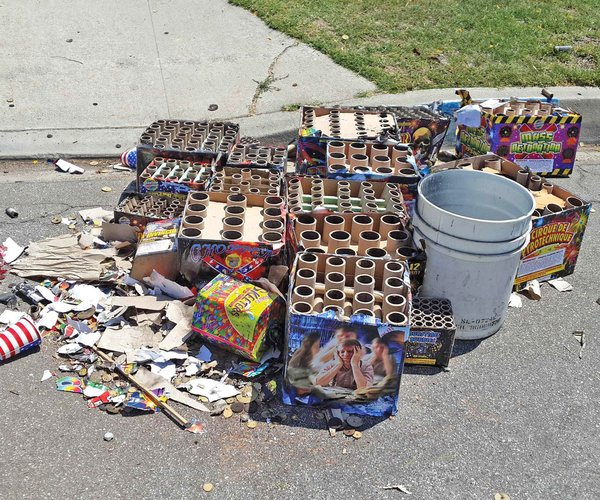With projections that Ceres could see the building of 10,000 new homes over the next five years with development of Copper Trails and West Landing planning areas, the city has been exploring options to upgrade the existing wastewater treatment plant.
Last week the Ceres City Council heard from representatives of Schneider Electric about the need for improvements. Specifically an anaerobic digester system is being proposed.
“The current wastewater treatment plant for the city of Ceres is under-capacity, even for the current needs,” said Moses Bchara, Schneider’s wastewater program manager during his spiel to the council. “In addition and more importantly, it could also be a limiting factor for the city of Ceres moving forward with any future development and future expansion.”
Aside from the expected residential growth, Ceres and its neighbors face increasing regulations to produce cleaner treated water.
Currently the city deals with sewage and waste water various ways. Approximately 2.5 million gallons per day go to the Ceres plant on Morgan Road south of Service. Some of that treated water percolates into the groundwater table while 1 million gallons of partially treated water per day is piped to the Turlock sewer plant.
While that is going on, effluent from north Ceres goes to the city of Modesto’s plant and is treated to a level that is clean enough to send recycled water to the Delta-Mendota Canal via the Del Puerto Irrigation District system.
Bchara explained that Ceres spends about $6.6 million annually on operations and maintenance costs, the bulk of that expense in fees paid to the two neighboring cities. His firm believes that plant improvements will realize the city a savings of $4 million annually.
In a nutshell, the improvements focus on converting from a basic lagoon system to an advanced treatment system while increasing capacity.
“This will bring the city of Ceres to control its own destiny when it comes to treating its own wastewater.”
In addition the firm proposes to introduce renewable energy sources such as solar and renewable natural gas to reduce what the city pays for electricity.
The anaerobic digester system will produce biogas for beneficial uses and revenue and reduce greenhouse gases.
Bchara said Schneider if the City Council approves a design-build contract, design could start on June 1 and construction start in 2025 with the project completed within four years.
When Ceres resident John Warren mentioned that there was no discussion of the cost, Bchara stated that costs cannot be developed until design work is developed.
He noted that funding sources need to be identified and partially covered through federal grants.





